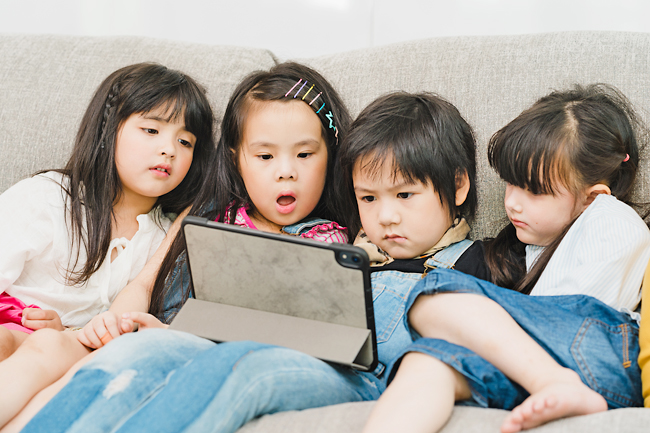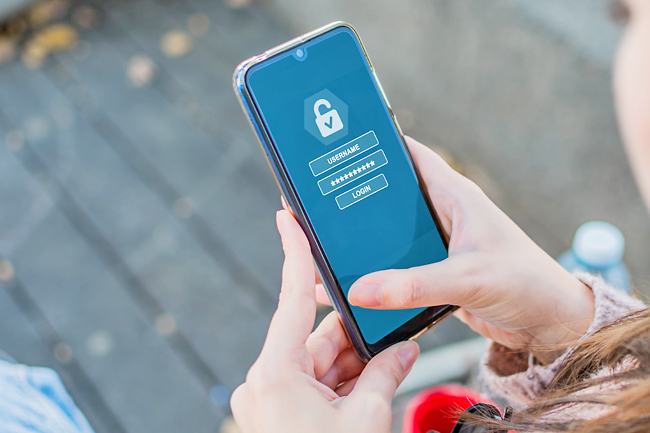ANN/THE STAR – As a parent, discussing media usage with your child is crucial, setting boundaries and encouraging responsible online behaviour.
However, how can you continue to promote healthy digital habits when you’re not around? Parental media controls offer a valuable solution to ensure children’s media experiences remain safe and enjoyable.
It’s essential for parents to feel empowered to take action to safeguard their children’s online activities, fostering conversations about setting healthy media limits within every family.
Parental controls are important teaching points for kids to learn how to manage their online experiences. Remember, it’s not just about fixing a problem. These talks can be helpful even if screen time isn’t an issue.
Signs of problematic media use in children and teens may include:
– Your child becomes angry or irritable when they don’t have access to media.
– Their media use is affecting their grades or participation in family activities.
– Media use interferes with your child getting enough sleep and exercise.
– It is your child’s only enjoyed activity or conversation topic.



There are many resources with information about the most popular video games and social media platforms. Many include feedback from other parents and kids, along with discussions about the features, benefits and drawbacks of controls. Many also offer clear, user-friendly instructions.
There are parental controls for all devices, including video game consoles, smartphones, tablets and sometimes even desktop computers.
Parental control options include blocking websites and apps; filtering content (such as by age rating); setting time limits; chat and text monitoring; and spending.
Devices such as smartphones and tablets can show how much time all family members spend on them.
Sometimes families do not realise how much time is spent on media. So this can be a helpful activity. Apple Screen Time and Google Family Link offer screen trackers, for instance.
Screen time tracking can also spark a conversation as to what other activities are being crowded out by screen time. How media is being used can be just as important as how much time is being consumed.
The American Academy of Pediatrics Family Media Plan is another resource to guide and inspire family discussions about mindful media use. The tool can help families find ways to balance screen time with other activities as well as to set boundaries. You can choose a few topic areas to focus on initially that they want to try out.
The plan provides practical tips and encourages age-appropriate thinking and discussion about digital media. The goal of this tool is to help families feel less overwhelmed and help find alternatives for healthy on- and off-line activities.
We know that parental controls and limit setting work better alongside positive family communication and relationship-building. Don’t just make rules! Play video games as a family. Co-view media. Encourage your child to teach you about their online activities.
Also, while adults know healthy media limits are important, don’t be surprised if your child disagrees.
In fact, you should expect some possible behaviour issues in reaction to limit setting. Staying consistent and following through are key to getting through these as your child learns healthier media habits.







